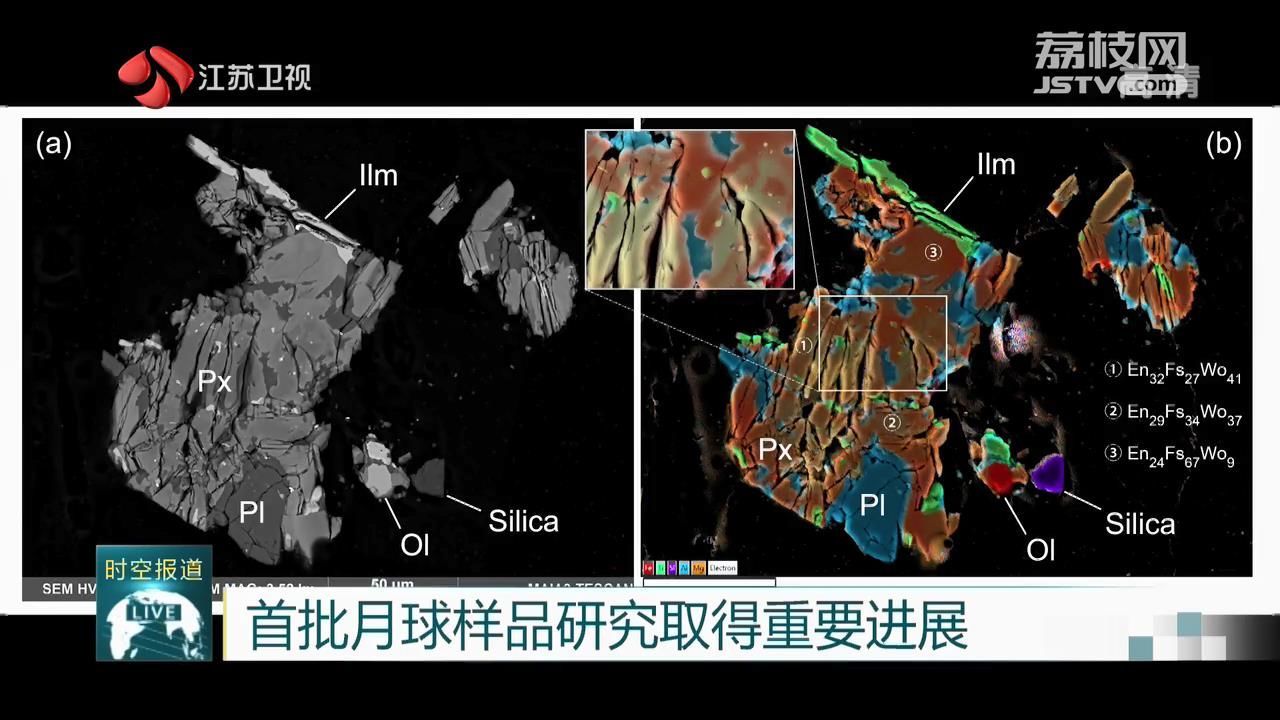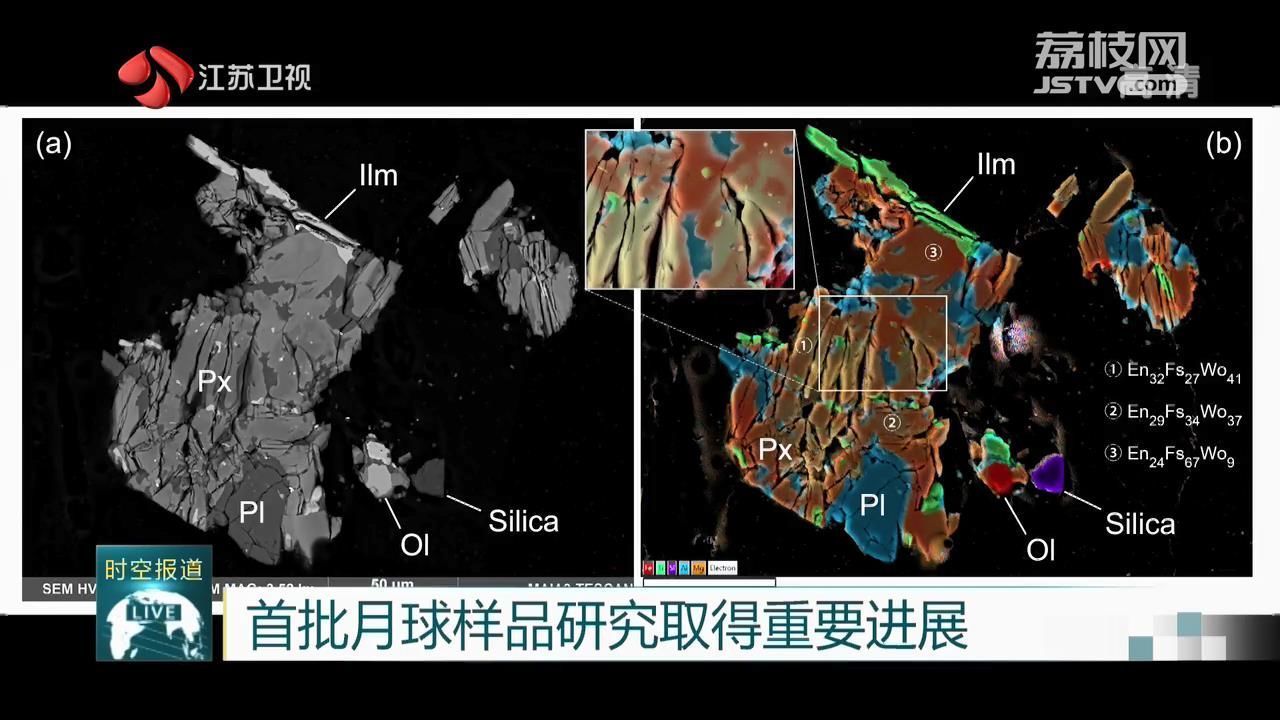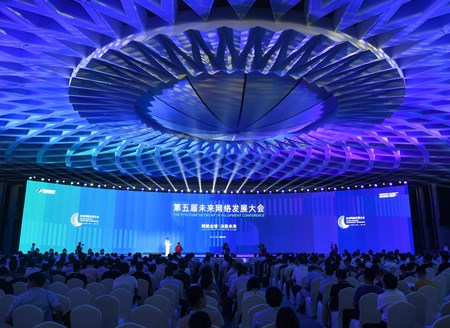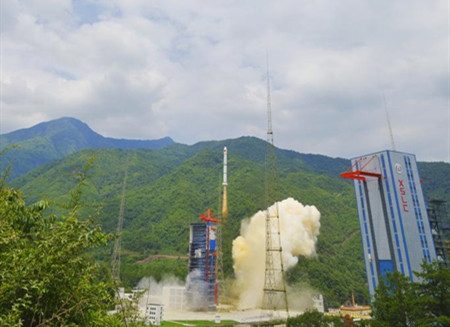The Purple Mountain Observatory of the Chinese Academy of Sciences and the Nanjing Institute of Geology and Palaeontology have made important progress in the study of the first batch of lunar samples brought back by the country's Chang'e 5 mission.
The Purple Mountain Observatory of the Chinese Academy of Sciences is one of the first 13 scientific research institutions in China to be given the lunar samples for scientific research.

The scientific research team used high-resolution micro-CT, scanning electron microscope, and electron probe to carry out detailed mineralogical and three-dimensional tomographic imaging studies on one of the samples.
The results show that the sample belongs to lunar volcanic basalt, which contains extremely high ilmenite content, close to the highest value of Apollo lunar basalt, and is rich in phosphate minerals.
"Fortunately, other research teams have only found medium-titanium and low-titanium basalt.We have found a new sample of basalt,which means that too many occurrences have occurred on the moon at least in the Chang'e-5 landing zone.The second volcanic eruption,because each eruption is the same rock and the same sample.We have found low titanium and medium titanium in the past,and now we have found high titanium
Intuitively speaking,there have been at least 3 volcanic eruptions."said Xu Weibiao, Researcher at the Purple Mountain Observatory, Chinese Academy of Sciences
A number of evidences indicate that there may have been multiple volcanic eruptions in the history of the Chang'e 5 landing zone, which is expected to interpret the different material components of the lunar mantle source area, the energy source of volcanic magma formation, and the fine temporal and spatial distribution of volcanic activity in the late lunar period. .
On December 10th, the research findings were published online in the English edition of China's comprehensive academic journal "Science Bulletin".
The Chang'e-5 probe returned to Earth on Dec 17, 2020, retrieving a total of 1,731 grams of lunar samples, mainly rocks and soil from the moon's surface.
China delivered the first batch of lunar samples to 13 institutions in July. The samples, weighing about 17.5 grams, were divided into 21 lots and handed over at a ceremony at the National Astronomical Observatories in Beijing to scientists from 13 domestic research organizations working on 31 scientific projects.






